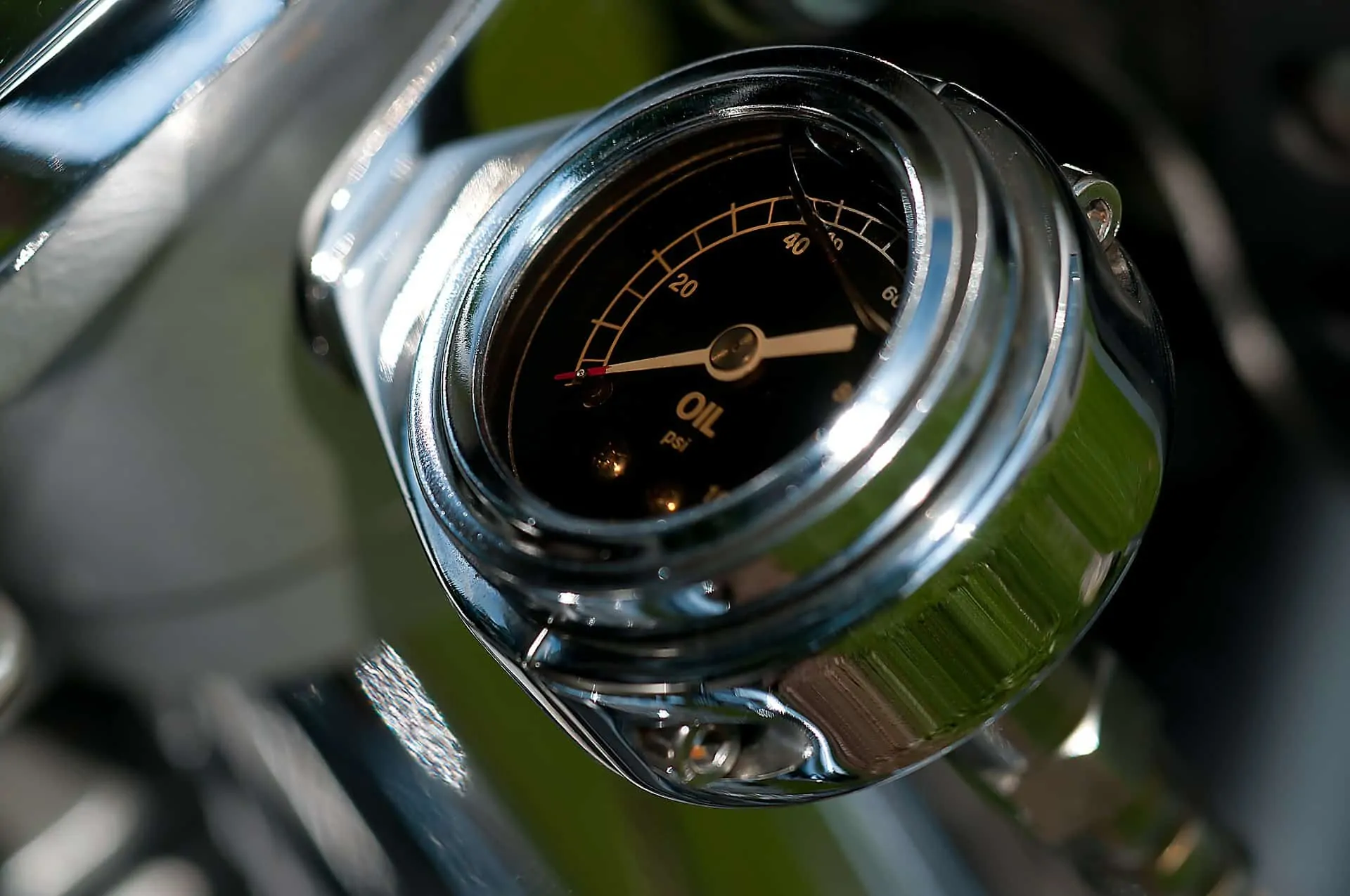Changing the motorcycle oil is a maintenance step that you shouldn’t miss. This part affects the performance of your motorcycle engine as well as the overall safety of your ride by keeping all the parts properly lubricated.
This specific part degrades over time which is why it must be regularly replaced. The general rule is to change the motorcycle oil based on the frequency that is indicated by the manufacturer in the manual of the motorcycle. Consider replacing it every two thousand miles if you are using mineral-based. For synthetic, change it every five to six thousand miles.
Function Of Motorcycle Oil
The proper lubrication is important to keep the motorcycle engine running smoothly. The motorcycle oil helps reduce friction so that the motorcycle pistons won’t easily get damaged over time.
The oil has other benefits like providing cooling sensations to prevent overheating, cleans the engine to prevent debris buildup, and provides a protective layer for the parts to prevent excessive friction and accelerated wear.
Factors That Affect When To Change
There are other factors that affect the frequency of replacement, such as the make and model of your motorcycle, your frequency of usage, and the type of engine oil that you use for your motorcycle.

Make And Model
Motorcycles come in different models with different needs. If your motorcycle was purchased as brand new, then you can expect its motorcycle oil and oil filter to hold up longer than if the motorcycle was bought secondhand.
The first thing you should do is to consult the manufacturer’s manual that comes with the motorcycle. It indicates the range of miles during which you should replace the motorcycle oil. The distance can be anywhere between five hundred to five thousand miles.
Frequency Of Usage
Just because you do not take your motorcycle out for rides does not mean you should skip replacing the motorcycle oil. A stagnant motorcycle has high risks of developing corrosives inside the machineries.
Make sure to use your motorcycle at least twice a month for at least thirty minutes at a time. Each thirty-minute session should involve your motorcycle being at the operational temperature and conditions to prevent the buildup of corrosive elements in the oil.
A motorcycle that is frequently used also means that you should frequently replace its oil. The constant usage will generate a lot of by-products from combustion which will gather in the oil and affect the overall performance. The distance per run should also be factored in. If you actively use your motorcycle, the oil should be replaced about three to four times each year.

Type Of Engine Oil
The type of engine oil likewise influences when you should replace the motorcycle oil. Some motorcycle oils perform better than the others. There are three types of motorcycle engine oils: mineral-based, semi-synthetic, and synthetic oil.
- Mineral-Based Oil
The cheapest option available is mineral-based oil. It is great for daily use but it cannot withstand extreme conditions such as extreme temperatures and strenuous terrains. This is also the type of oil that you should replace frequently. Change your oil every two thousand miles. Replace it at least twice a year, even if you do not frequently use your motorcycle.
- Semi-Synthetic Oil
The next option is the semi-synthetic oils which are also called “synthetic blends.” These are comprised of at least thirty percent synthetic oil. The synthetic element boosts the oil’s viscosity and wear resistance. This can withstand higher temperatures and stress. Replace this every five thousand to six thousand miles.
- Synthetic Oil
The last type is the synthetic oil. It is the most expensive option available. It is made of pure mineral oils that are subjected to numerous lab treatments to get rid of any impurities. It offers superb lubrication and superior performance in practically any condition. This can from seven thousand to ten thousand miles before you need to replace it.
Signs You Should Change
This section will discuss how to identify if it’s time to replace the oil. It is important to be aware of the signs because the miles aren’t very reliable for telling you when it is time to replace.
If Oil Is Dirty
There are many ways for you to check if the oil is dirty. The easiest way is by using a dipstick that you submerge into the oil. Change the oil if the consistency is watery and if it is black in color.
Another way to check is by placing a few droplets on your finger and then rubbing another finger against it. If the oil is not smooth and you can feel gritty particles within, then it is time for a change.
Oil Level
The dipstick has a “high” and “low” level. The level of the oil inside the engine should be somewhere in between the two. If it is too low or too high, it is time to replace the oil.
You can also check the oil level by peeking into the oil sight window. The crankcase will have markings that indicate “high” and “low.” You can also use this window to determine if the oil is dirty and needs to be changed.

Loud Engine Sound
This is something that you can just identify if you frequently ride your motorcycle. An engine sound that is louder than usual can indicate that it is time to change out the oil. The strange sounds can be a result of the lack of lubrication between the inner parts of the engine.
Dirty or watery motorcycle oil will not be as effective in keeping the engine smoothly running. It will not be as effective in minimizing friction and can even lead to damage to the parts in the long run. The loud engine sound can be credited to metal rubbing against metal.
Warning Lights
Some modern motorcycle units come with sensors that can alert you if it is time to replace the motorcycle oil. It will also alert you if you are running low on motorcycle oil and you need to top it off.
Once you notice that the warning light is “ON” on your dashboard, add some oil into the engine. If the light still doesn’t go away, then it is time for an oil replacement.
